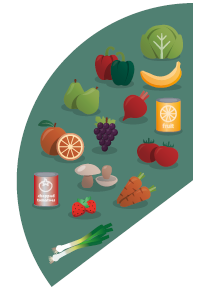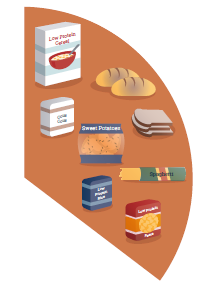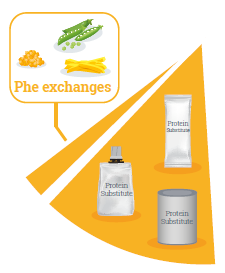How Much Should I Eat?
The PKU Diet In Adults
If you are an adult with PKU, you may be wondering what we can tell you that you don’t already know. Although the basic principles behind the low protein diet have not changed in decades – things are constantly evolving and improving:
Read more
Which Foods Should I Eat And Why?
The ‘Eatwell Guide’ provides a visual image of the different types of foods and drinks that people without PKU should eat to ensure a balanced diet. The guide we have provided in this section has been adapted for a low protein diet.
Read more
Fruit and Vegetables
Read more
Starchy Carbohydrates
Read more
Protein
Read more
Dairy and Dairy Free Alternatives
Read more
Oils and Spread
Read more
High Sugar Foods
Read more
Fluids
Read more
To Recap:
Read more








